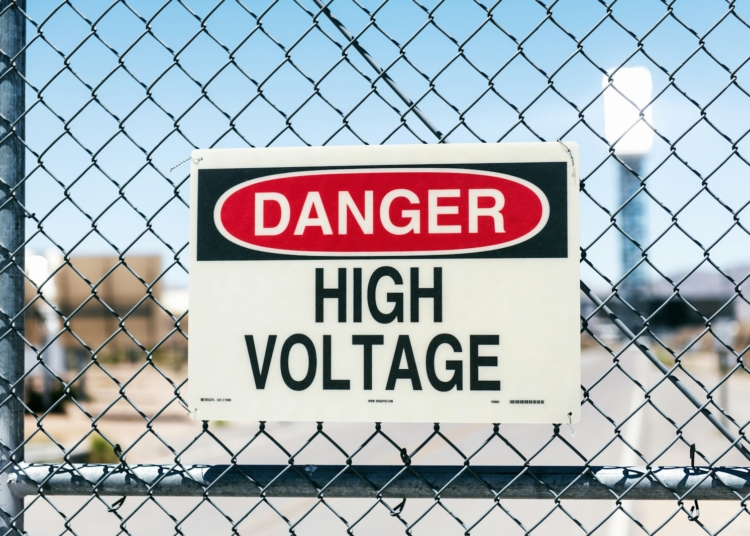As the world races to decarbonize, the construction and energy sectors are under intense scrutiny for their environmental impact. While giants like Holcim and Heidelberg Materials revolutionize sustainable building materials, Pacifico Energy is carving a distinct path in renewable energy and storage, powering industries and data centers with clean, scalable solutions. This article spotlights Pacifico Energy’s innovative contributions to the energy transition, placing its work in the broader context of sustainability alongside construction leaders. With a focus on solar projects and battery storage, Pacifico Energy is lighting the way for a greener future.
Pacifico Energy: A Renewable Energy Trailblazer
Founded in 2016 by Ulf Oesterlin, a former McKinsey energy sector expert, Pacifico Energy has rapidly grown into a dynamic player in renewable energy. Headquartered in Japan and Munich, with operations spanning the Asia-Pacific, North America, and Europe, the company specializes in utility-scale solar, wind, and battery storage projects. Its mission is clear: to accelerate the global shift to clean energy by delivering customized, sustainable power solutions for commercial and industrial clients.
In 2024, Pacifico Energy achieved a milestone by reaching commercial operation on five major projects, including solar and storage installations in the U.S. and Japan, setting the stage for further expansion in 2025. Its flagship Miyako Solar Park in Japan, a 111 MW solar facility, powers thousands of homes and businesses, showcasing its ability to deliver large-scale renewable energy. Unlike traditional utilities, Pacifico Energy emphasizes flexibility, offering long-term power supply contracts that minimize capital costs for clients while integrating technologies like photovoltaics, batteries, and even emerging options like fuel cells.
Support authors and subscribe to content
This is premium stuff. Subscribe to read the entire article.










